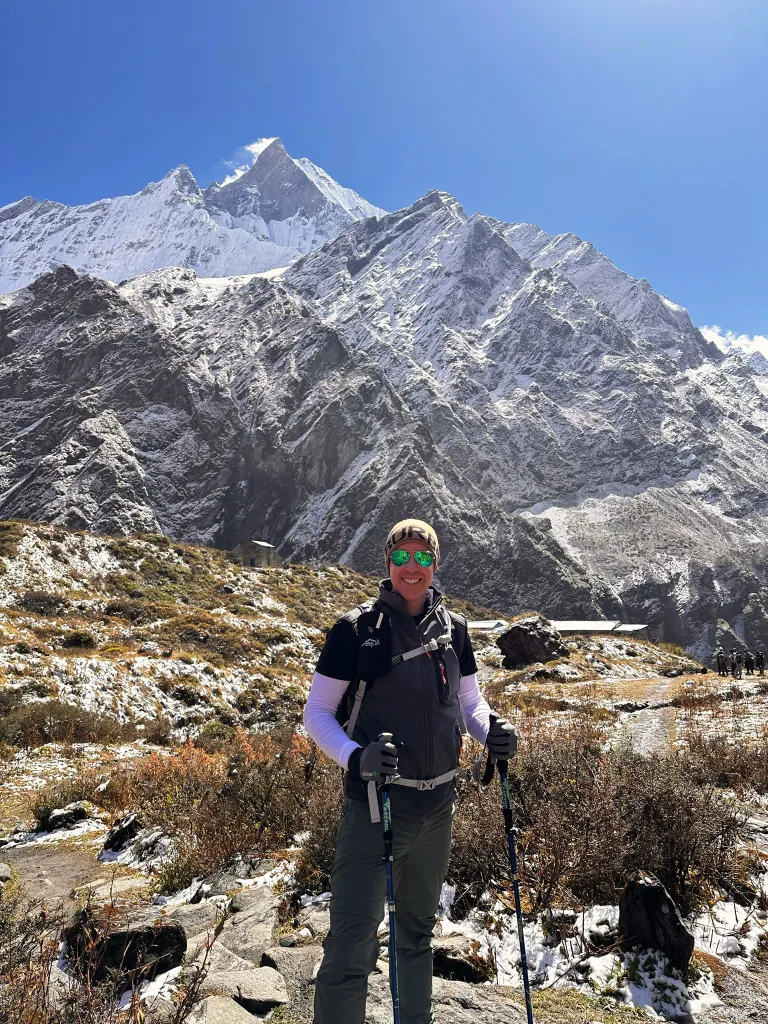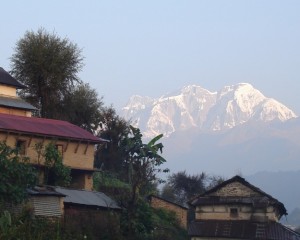How difficult is the Langtang Valley trek?
You are looking to experience the wonders of the Langtang trek. But the Langtang trek is a bit difficult.
The Langtang Trek takes you on a captivating journey through the majestic Himalayas. Let me tell you, it's a fantastic adventure through the stunning Himalayas.
Along the way, you'll see breathtaking peaks, lush forests, and ancient villages full of culture. And the best part? It's only about 100 kilometers long and easy to get to from Kathmandu.
It makes a top pick for a shorter Himalayan and enriching journey. But before you pack your bags, it's essential to consider what makes this trek unique and what challenges you might face.

Is Langtang Valley worth it?
The Langtang Trek is known for its stunning landscapes. They range from lush forests to alpine meadows and towering snow-capped peaks.
Trekkers are treated to panoramic views of the Langtang Himal range, including the majestic Langtang Lirung and serene valleys carved by glaciers. The trail passes through rhododendron forests with colour in the spring and summer natural beauty at every turn.
One of the highlights of the Langtang Trek is its rich biodiversity. The region is home to various flora and fauna, including rare Himalayan species such as the red panda, snow leopard, and Himalayan Thar.
Trekkers may also encounter colourful bird species like the Himalayan Monal and the elusive Danphe to add to the trail's sense of adventure and discovery.

One of the most rewarding aspects of the Langtang Trek is the opportunity to interact with local communities along the trail. Trekkers will have the chance to visit traditional Tamang and Sherpa villages. They can experience the Himalayan people's warm hospitality and rich cultural traditions.
The Langtang region is located in Tibetan Buddhist culture, with numerous monasteries and sacred sites scattered throughout the landscape. Trekkers can gain insight into the spiritual practices and beliefs of the local communities.
Additionally, they can visit these ancient monasteries, attend prayer ceremonies, and engage in discussions with resident monks and lamas.
Difficulty in Langtang Trek
The Langtang Trek presents significant elevation and altitude challenges, with trekkers ascending to over 4,000 meters. As the trail climbs higher into the Himalayas, it becomes difficult to breathe and increases the risk of altitude-related illnesses such as altitude sickness.
Trekkers must acclimatize properly by taking frequent rest days, staying hydrated, and ascending gradually to allow their bodies to adjust to the altitude.
Weather conditions along the Langtang Trek can be unpredictable and harsh, particularly during the winter and monsoon seasons. Trekkers may encounter heavy rain, snow, freezing temperatures, and significantly higher elevations.
Packing appropriate clothing and gear for varying weather conditions, including waterproof layers, insulated jackets, and sturdy hiking boots, is essential.
The Langtang Trek is physically demanding. It requires trekkers to find rugged terrain, steep ascents and descents, and long days of hiking. Trekkers should be in the good physical condition and prepared for the hardship of multi-day trekking at high altitudes.
Tips to prepare for the Langtang trek
The Langtang trek is an inspiring and thrilling journey. It can be a lifetime opportunity to explore the serene valley and immerse in the beauty of the Himalayan.

Here are some easy tips to help you handle the challenging parts of the Langtang trek;
- Take it slow: Allow your body to adjust to the high altitude by ascending gradually.
- Drink up: Stay hydrated to fend off altitude sickness and keep your energy levels up.
- Pack smart: Bring the right gear, like sturdy boots and waterproof clothes, to handle whatever the trail throws at you.
- Get in shape: Build your fitness through regular exercise so you're ready for the physical demands of the trek.
- Listen to your body: Pay attention to your feelings and take breaks or slow down if needed.
- Stay safe: Know the signs of altitude sickness and have a first aid kit handy just in case.
- Get guidance: Consider hiring a guide to help you navigate the trail and stay safe.
To wrap up, Langtang Trek offers a breathtaking journey through the Himalayas; being well-prepared for its challenges is essential.
With careful planning and preparation, you'll be ready to tackle the Langtang Trek's difficulties and savour its beauty and adventure.
Nepal Vision Trek can further enhance your trekking experience and provide you with the support and expertise needed to deal with the challenges of the Langtang region.

FAQS
1) How long does the Langtang Trek typically take to complete?
The Langtang Trek typically takes 7 to 10 days to complete, depending on your starting point and hiking pace.
2) What is the best time of year to embark on the Langtang Trek?
The best time for the Langtang Trek is during the spring (March to May) and autumn (September to November) seasons when the weather is mild and stable, offering clear skies and optimal trekking conditions.
3) What permits are required for the Langtang Trek, and how do I obtain them?
Trekkers must obtain the Langtang National Park entry permit and the TIMS (Trekkers' Information Management System) card, which can be obtained through authorised agencies in Kathmandu or at the entry checkpoint.
4) What is the altitude range along the Langtang Trek, and how can I prepare for the high elevation?
The Langtang Trek reaches altitudes of up to 4,984 meters at Tserko Ri. To prepare, acclimatise gradually, stay hydrated, and be aware of symptoms of altitude sickness.
5) Are there any significant risks associated with altitude sickness on the Langtang Trek?
Altitude sickness is a potential risk due to the high elevations. Acclimatising properly, ascending gradually, and seeking medical attention if symptoms arise are essential.
6) What types of accommodations are available along the Langtang Trek route?
Accommodations range from teahouses and guesthouses in villages to basic lodges at higher elevations in Langtang.
7) Are any emergency services or medical facilities available along the Langtang Trek route?
Basic medical facilities and emergency services are available in some villages along the route, but it's recommended to carry a first aid kit and have travel insurance covering medical evacuation.
8) What are some recommended packing essentials for the Langtang Trek?
Packing essentials include sturdy hiking boots, warm clothing, rain gear, sunscreen, a hat, water purification tablets, a headlamp, and a first aid kit.







